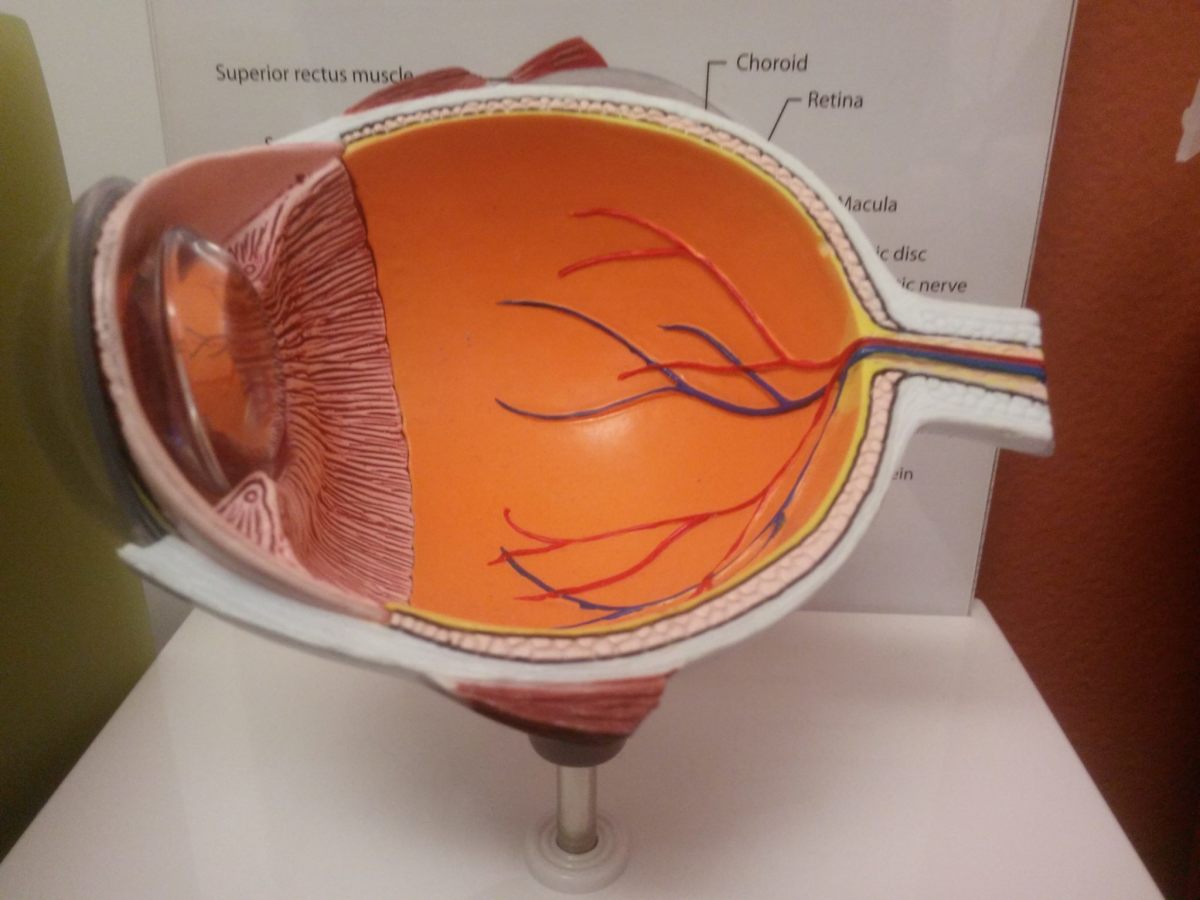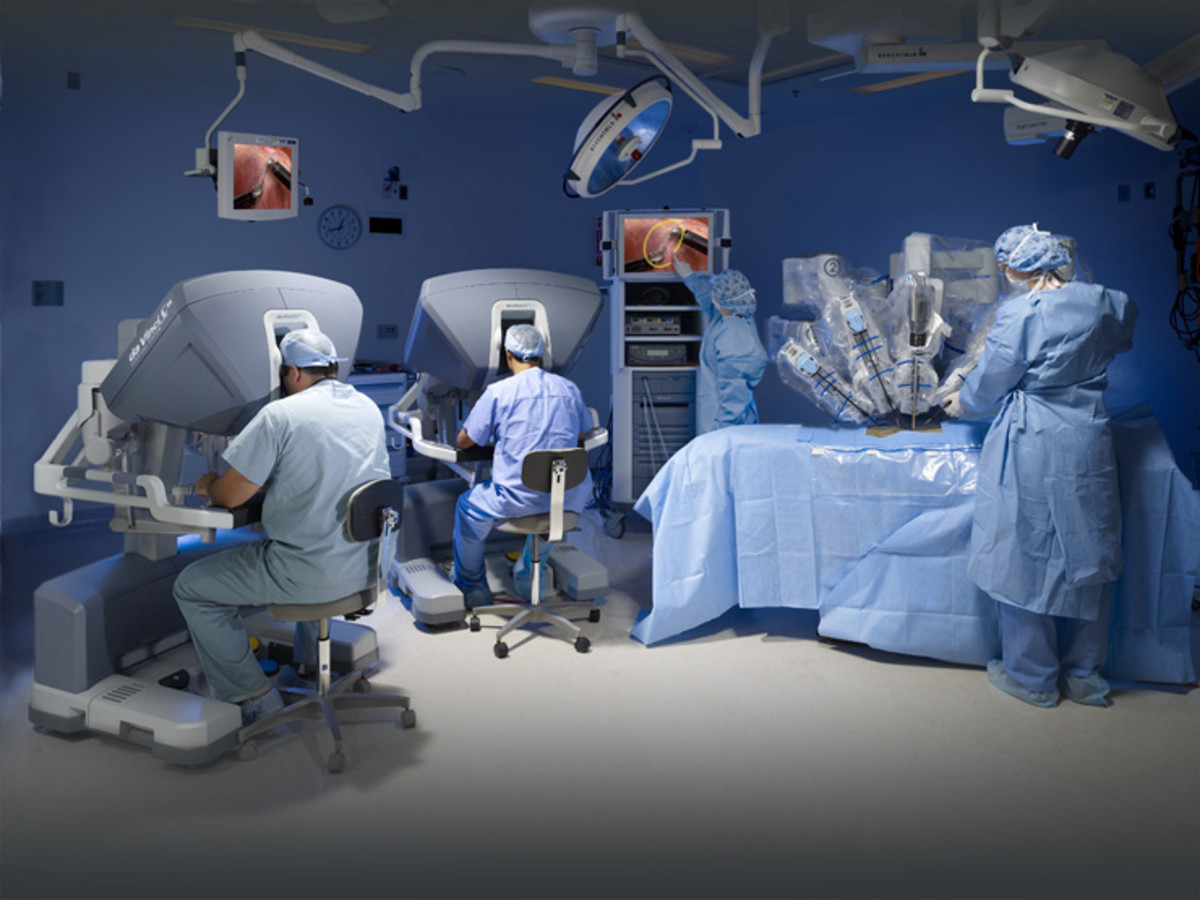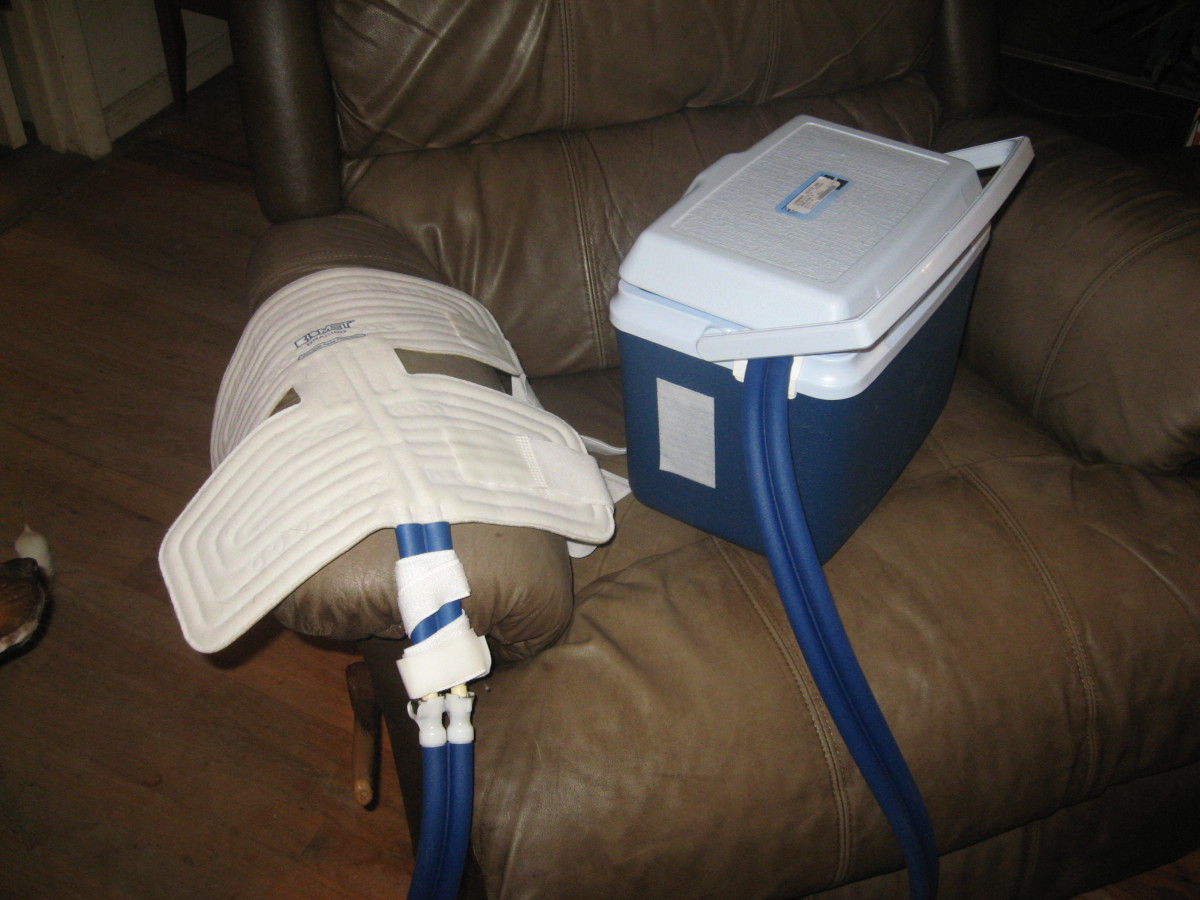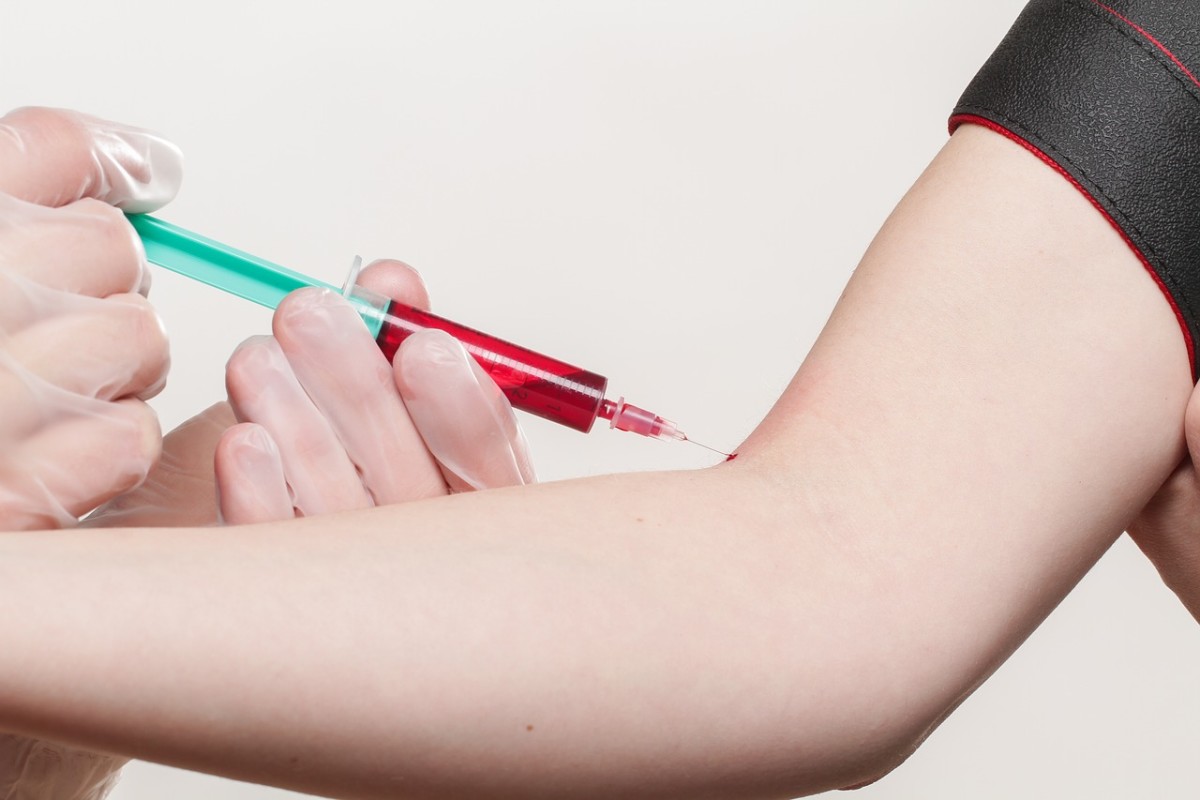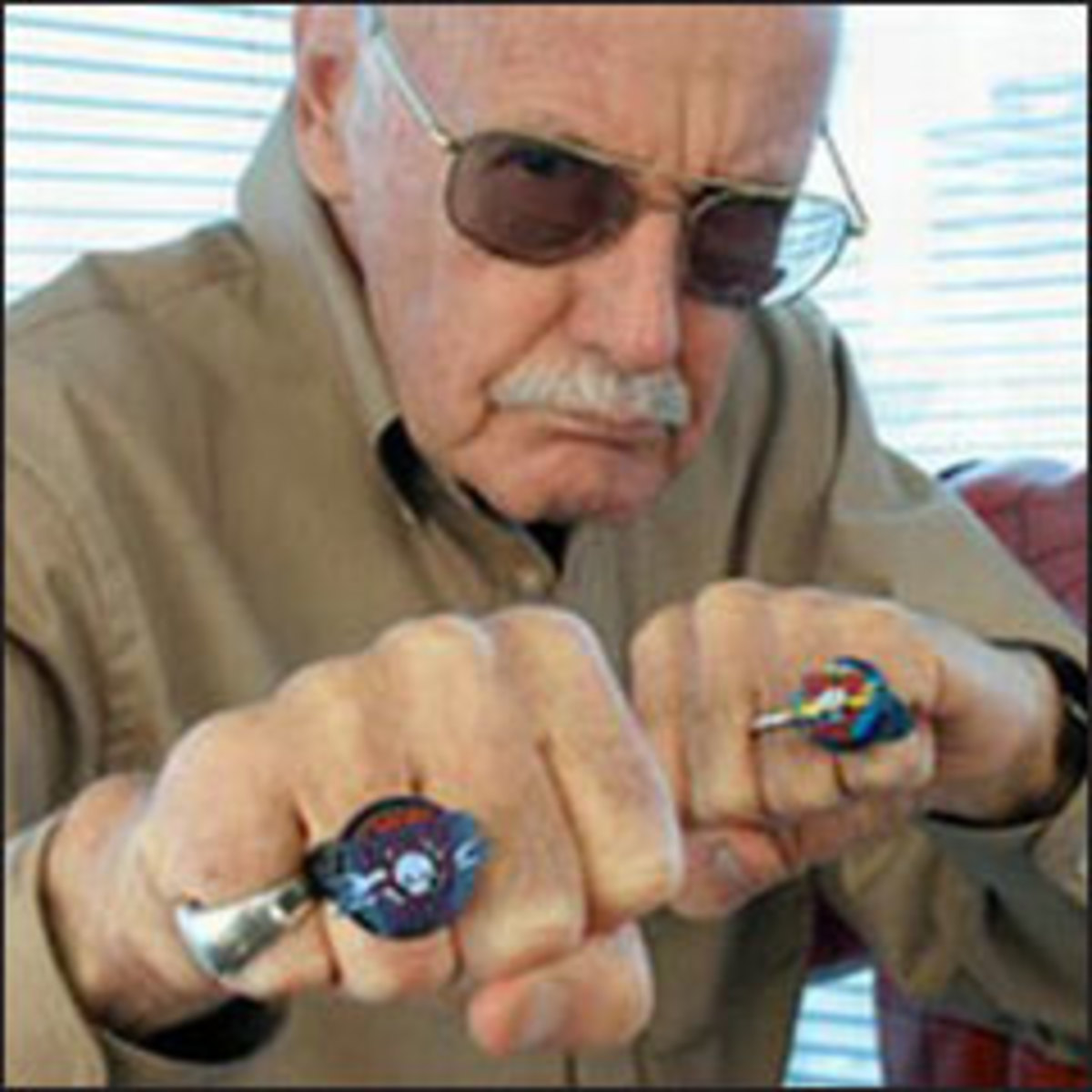Grotesque Facts of Surgery Before the Advent of Anesthesia and Antisepsis.
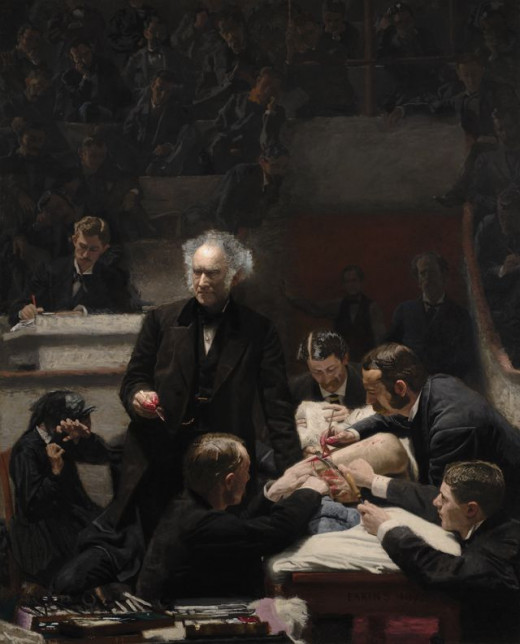
Surgery Before Anesthesia and Antisepsis.
Surgery before anesthesia was totally a different world then it is today. At that time being a surgeon means a man with nerves of steel. A surgeon has to perform surgery while ignoring the patient's agony and crying. Before anesthesia the surgery was not as invasive as it is today. most of the operations performed were either superficial or were amputations. there were not many options if a person has gangrene other then to amputate the limb altogether. surgery was limited to time and a surgeon has to be fast because the patient was conscious and could die of excessive bleeding or from fright. And still, the death rate of patients was really high due to post-operative infections.
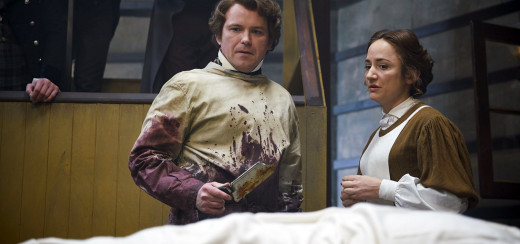
What is the Need of Washing Hands Before Surgery!
At that time the Germ theory was not developed and it was believed that infections are caused by the bad smell. So a Surgeon would mostly prefer to wash his hands and instruments after the operation rather than before the surgery because the wound was generally covered with pus and blood. Also, the students and the visitors who used to watch the operation in the operation theaters were good carriers of all types of infections. And usually, the Surgeons wear the same filth covered apron for several operations a day and also during the dissecting the rotting corpses during the anatomy classes. This often results in the death of patients and often the death of the Surgeons themselves if they cut their hands while operations or while dissecting corpses. because there were no rubber gloves at that time the death rate amongst the medical students was very high and it was very likely for them to get infections from the rotting bodies they were dissecting.
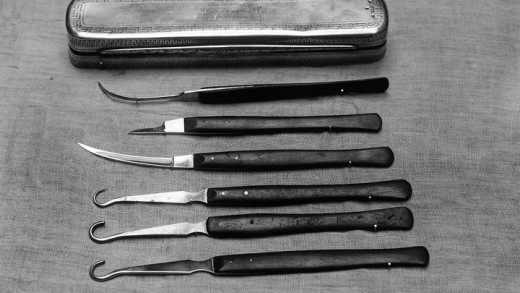
Non-Sterile Surgical Instruments.
At that time since there was no concept of germs so the Surgeons usually don't even bother to clean their knives before operation let alone sterilizing them. They usually have rust on them as well because of repetitive use without cleaning. Even the knives at that time were designed in a way that they stored a lot of pathogens on them. As their handle scales were made out of wood usually with engravings which make cleaning even worse and thus they usually store a lot of germs in them causing the spread of many infections in many patients. As opposed to surgical instruments of today which are sleek, polished, and sterilization friendly. As a result, most of the patients died of post-operative infections.
The Butchering Art by Lindsey Fitzharris
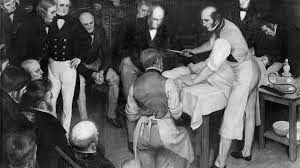
Watch the Time.
Since during the surgery, the patient was stark awake and was feeling everything, it usually happened that a patient died of fright during the operation or due to excessive bleeding. so the surgeons used to be as quick as they can to minimize the suffering of the patient. This hurry was necessary but it several times lead to many disasters.some of them I will discuss below.
The Surgery with 300% Mortality Rate.
The Clockworks Saw was invented by the orthopedic surgeon WHB Winchester. It was a hand-wound device witch was in its prototype phase and the prototype produced is present at the Hunterian Museum. It was made to speed up the amputation process. It was fast but once wound up it was difficult to control and was not precise so the first and only time it was used WHB Winchester removed his assistant's fingers. And thus it was a complete failure.
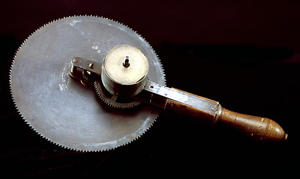
The Clockworks Saw
The Clockworks Saw was invented by the orthopedic surgeon WHB Winchester. It was a hand-wound device witch was in its prototype phase and the prototype produced is present at the Hunterian Museum. It was made to speed up the amputation process. It was fast but once wound up it was difficult to control and was not precise so the first and only time it was used WHB Winchester removed his assistant's fingers. And thus it was a complete failure.
Private Operations.
Usually, all the operations were performed in public and since. But if a person could afford it they pay extra money for the operation to be held at a private place or at their homes. It was seen that usually, the operations performed at the houses of the patients were more successful than the ones performed at the hospitals. Because hospitals at that time were a brewing area for germs. several operations were performed with the same instruments at the same table without even cleaning them. So there was always a higher chance for patients to get an infection at the hospitals than at their homes. Joseph Lister was a Surgeon at the Royal Infirmary Glasgow himself but when he had to perform a Mastectomy on his sister due to her breast cancer he chose to perform it at the dining table of his house in Glasgow.
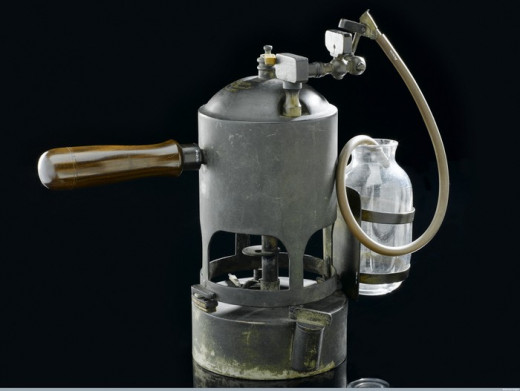
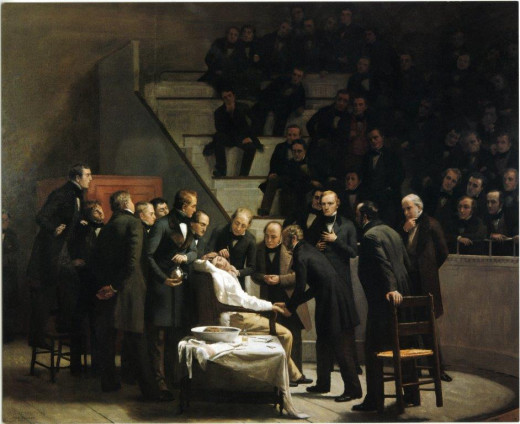
The Revolution.
All of these things started to change gradually since the first use of anesthesia by Dr. Robert Liston and the development of os carboxylic acid antisepsis methods by Dr. Joseph Lister. These progressions in the field of medicine started a new era of medicine and gradually made it as safe and reliable as it is today.


